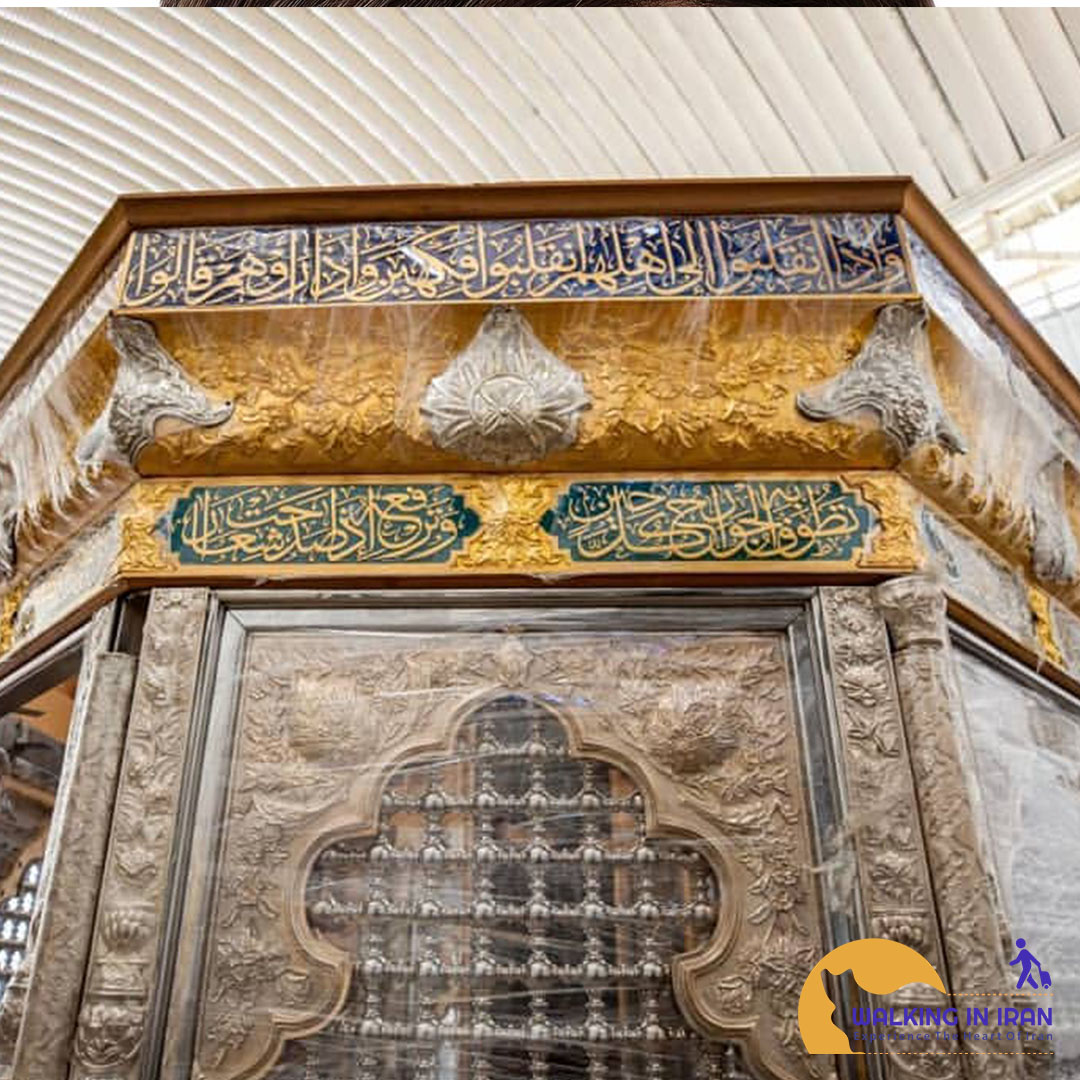The art of making shrines in Iran
The art of shrine making is one of the most delicate and valuable Iranian arts, which is a combination of various arts such as metalwork, goldsmithing, penmanship, meshwork, enameling, etc. Shrines are installed in religious places and shrines as a symbol of sanctity and respect, and with very beautiful and complex designs, they attract the eye of every viewer.
The history of shrine building
Although the exact date of the origin of the shrine is not known, Muslims’ belief in honoring religious elders has been an incentive to create shrines on their tombs. In the beginning, the shrines were simple and over time, with the development of art and industry, they became exquisite and complex works of art.
Characteristics of Iranian shrines
* Use of precious metals: In the construction of shrines, metals such as gold, silver, copper and brass are used, which gives them a special and brilliant effect.
* Subtle decorations: shrines are decorated with all kinds of decorations, including calligraphy, meshwork, enameling, and inscriptions of Quranic verses and hadiths of the innocent.
* Geometric and plant designs: in the design of shrines, geometric and plant motifs are used, which are symbols of beauty and order.
* Team work: making a shrine is not the work of one person and requires the cooperation of a team of artists with different specialties.
The stages of construction of the shrine
The construction of a shrine has different stages, including design, skeleton construction, decorations, assembly and installation. Each of these steps requires high precision and skill.
Important shrine building centers in Iran
As one of the important centers of art and industry in Iran, Isfahan has long been known as the center of shrine making. Other cities such as Mashhad, Qom and Shiraz are also active in this field.


